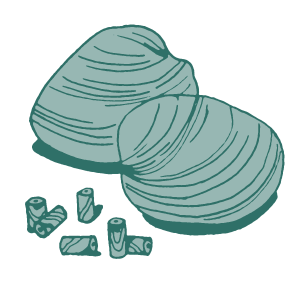Why Land Acknowledgements Matter

Land acknowledgements are becoming more commonplace and some fear that when done as a token, prescribed, or obligatory gesture that they do little good. In Skoden you are encouraged to develop land acknowledgements and to use them in the various roles you hold in post-secondary settings. Sincerity, rather than a rote citing of unfamiliar territory and nation names, is what you are seeking. The thing to remember is that land acknowledgements will grow with you as you increase your knowledge and commitment to knowing the truth about how land was taken from Indigenous people, and as you increase your understanding of the significance of land within an Indigenous worldview.
Begin by knowing the facts about who are the traditional stewards of the land you are working and living on, and what treaties might encompass the area. Of equal importance is speaking from your heart about what it means to you to be on this reconciliation journey and what insights you are making about the significance of all the relations the land has gifted you with.
For more guidance and resources for preparing land acknowledgements, see:
What are land acknowledgements and why do they matter?
What’s wrong with land acknowledgements, and how to make them better
Watch this beautiful graphic Tkaronto land acknowledgment: Uncovering an Oral History of Tkaronto.
As you view the video consider how what you say in your land acknowledgement can contribute to telling the truth about this land and how it can serve to re-imagine a new way of relating to all our relations.

